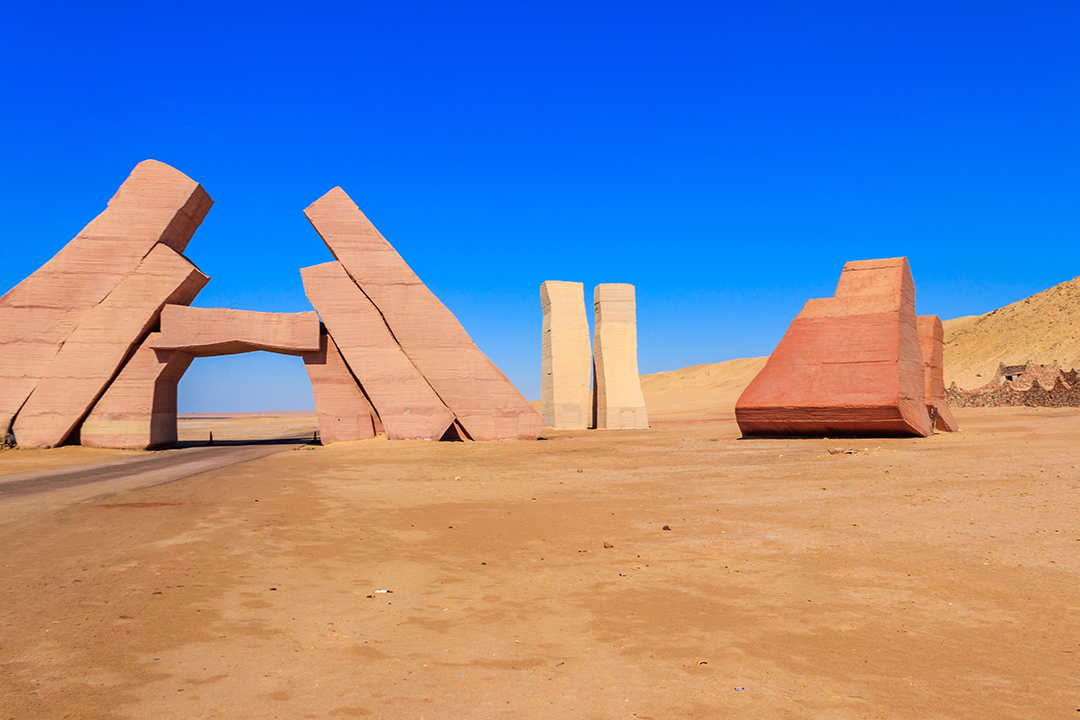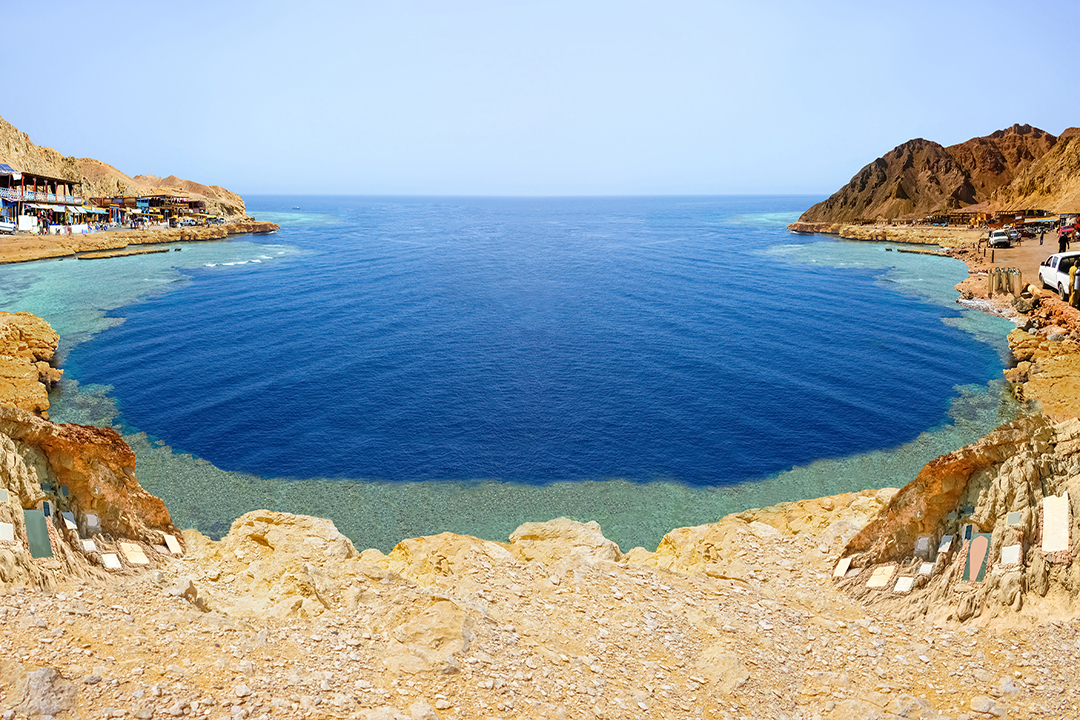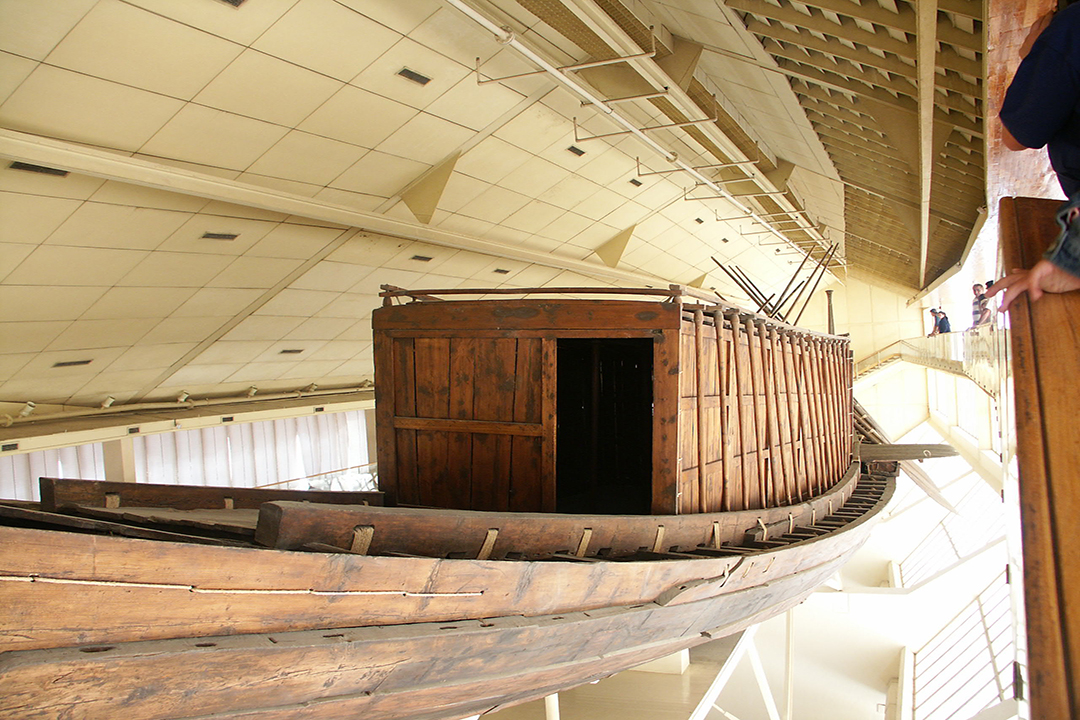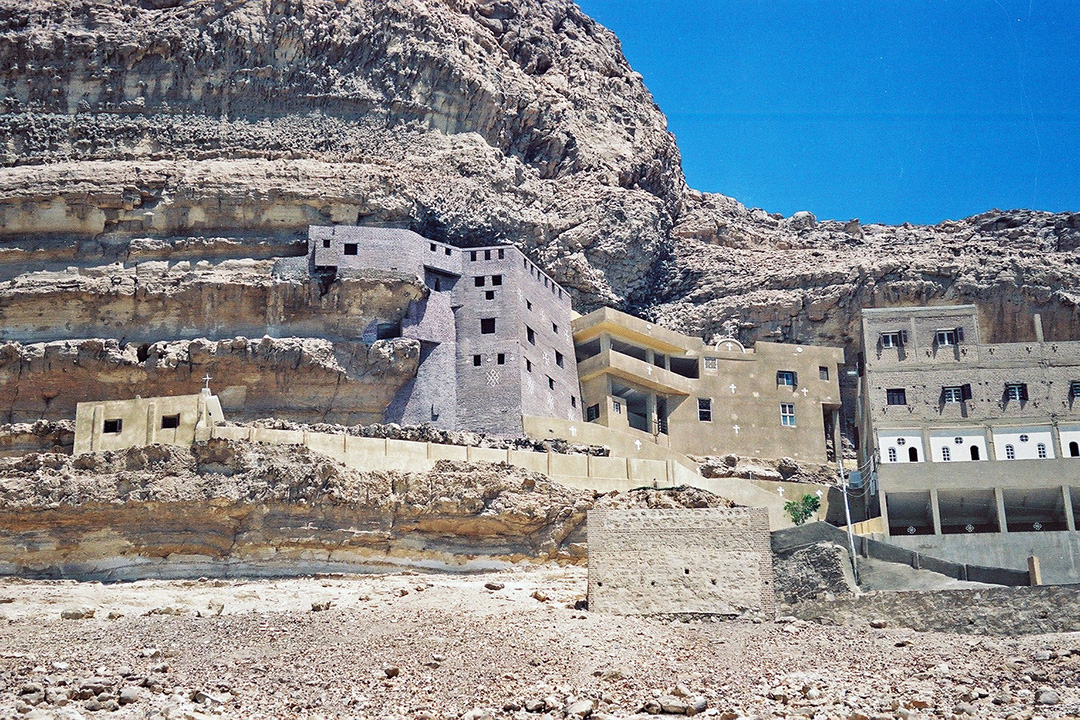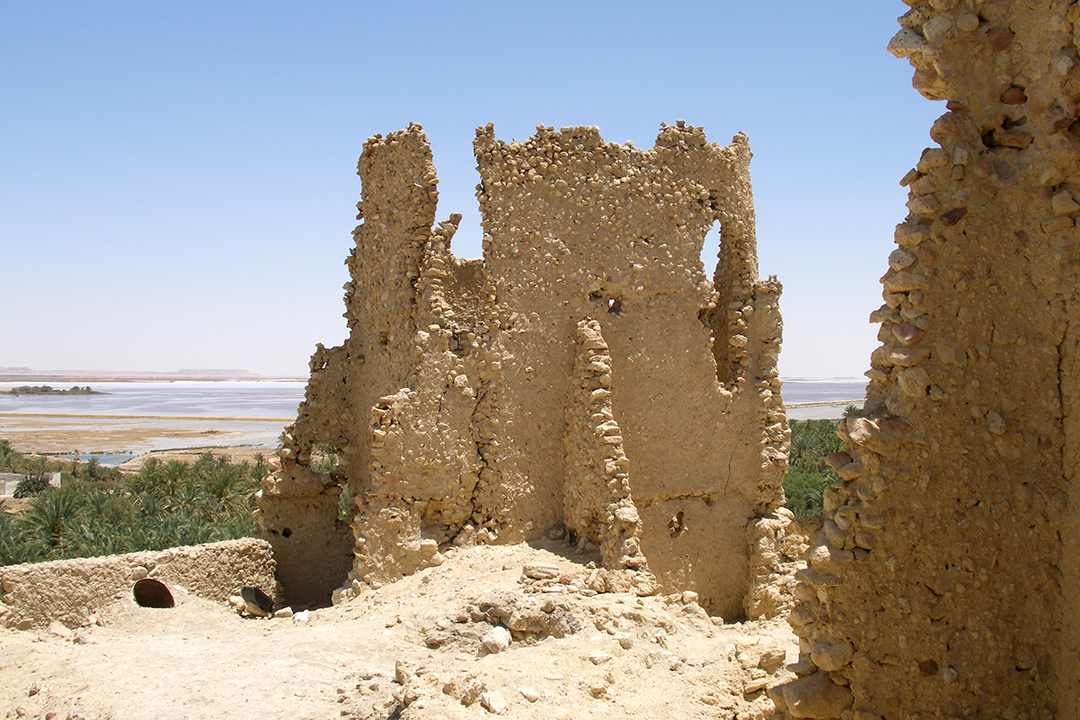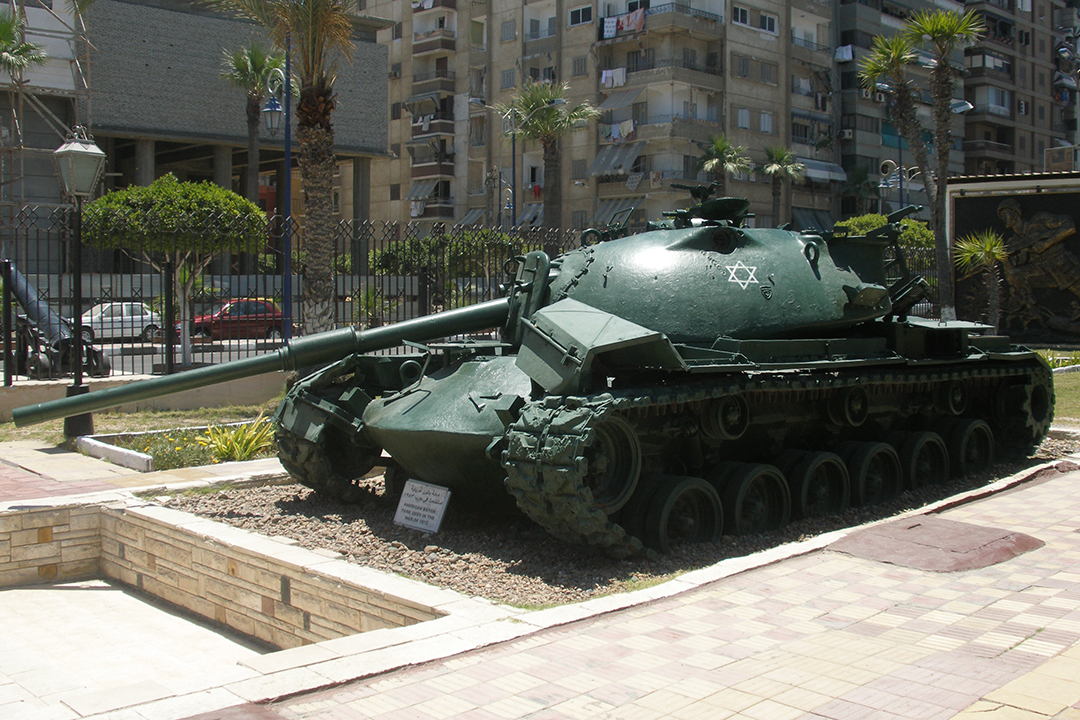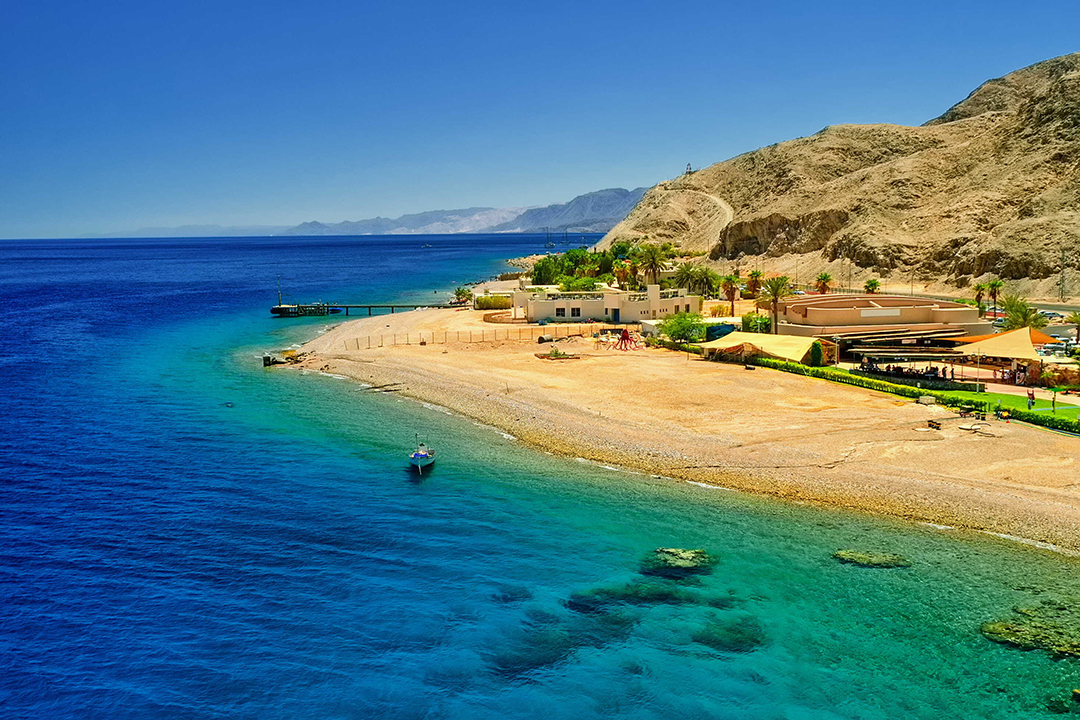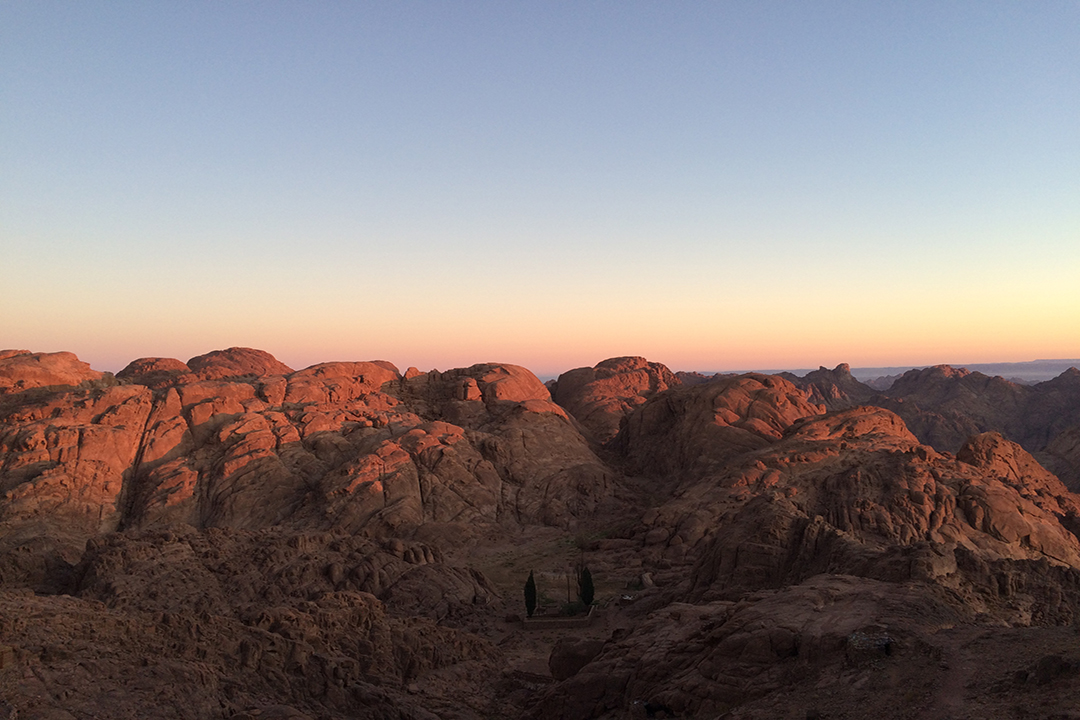The Roman Amphitheater in Egypt is a historical landmark that dates back to the 1st century AD.
Naama Bay, nestled on the shores of the enchanting Red Sea, is a coastal gem that beckons travelers to Egypt seeking sun, sea, and relaxation. Located in the popular resort town of Sharm El Sheikh, Naama Bay is renowned for its picturesque beauty, crystalline waters, and vibrant marine life. The bay's pristine sandy beaches, fringed by palm trees and luxurious resorts, create a tranquil oasis for beachgoers to unwind and bask in the warm Egyptian sun.
Ras Mohammed National Park (Ras Mohamed Nature Reserve), located at the southern tip of the Sinai Peninsula in Egypt, is a true paradise for nature enthusiasts and divers alike. Established in 1983, this protected area is a haven for biodiversity, offering a mesmerizing blend of terrestrial and marine ecosystems. The park's rugged landscape features dramatic cliffs, sand dunes, and expansive salt marshes, creating a stunning backdrop for wildlife and plant species to flourish.
Blue Hole Dahab, situated on the eastern coast of the Sinai Peninsula in Egypt, is a world-renowned diving destination that captivates divers with its awe-inspiring beauty and unique geological formation.
The Giza Solar Boat Museum (Khufu Ship), located near the Great Pyramid of Egypt, is a fascinating testament to the ancient Egyptians' ingenuity and craftsmanship. The museum houses the reconstructed solar boat, also known as the Khufu Ship, which was discovered in 1954 and buried in a pit next to the pyramid. Believed to be over 4,500 years old, the boat is an astonishingly well-preserved vessel that was initially constructed to carry Pharaoh Khufu on his journey to the afterlife. The meticulous restoration and display of the boat offer visitors a rare glimpse into the sophisticated boat-building techniques of ancient times.
The Tombs of Meir, also known as the Meir Monumental Tombs, is an impressive collection of ancient burial sites located in the village of Meir, near the city of Asyut in Egypt.
The Assiut Holy Virgin Mary Monastery, located in Assiut, Egypt, is a sacred and historic Christian pilgrimage site of great significance. Also known as Deir al-Muharraq, the monastery is believed to be one of the oldest Christian monastic settlements in the world, with a history dating back to the 4th century AD. According to tradition, the Holy Family sought refuge in this area during their flight to Egypt, adding to the site's religious importance for Christians. The monastery complex is a blend of ancient and modern structures, surrounded by a serene desert landscape.
The Oracle Temple of Amun, located within the vast Karnak Temple Complex in Luxor, Egypt, is an awe-inspiring testament to the ancient world's religious and architectural achievements.
The Port Said Military Museum, situated in the city of Port Said, Egypt, is a captivating tribute to the country's military history and the heroic efforts of its armed forces.
The Suez Canal, an engineering marvel in Egypt, is a vital waterway that links the Mediterranean Sea to the Red Sea, providing a crucial shortcut for maritime trade between Europe and Asia. The canal's construction was completed in 1869 under the leadership of Ferdinand de Lesseps, marking a momentous achievement in human history. Spanning approximately 120 miles (193 kilometers) in length, the Suez Canal has significantly reduced the travel distance and time for ships navigating between the two continents.
Red Sea renowned for its vivid hues of blue and turquoise, the sea derives its name from the occasional blooms of reddish-brown algae that lend a reddish tint to its surface.
Saint Katherine Protectorate is a breathtaking natural sanctuary nestled in the heart of Egypt's majestic Sinai Peninsula.
The Adventure Begins Here
Get regular inspiration straight to your inbox.
You can unsubscribe at any time.
Protected by Google reCAPTCHA.




